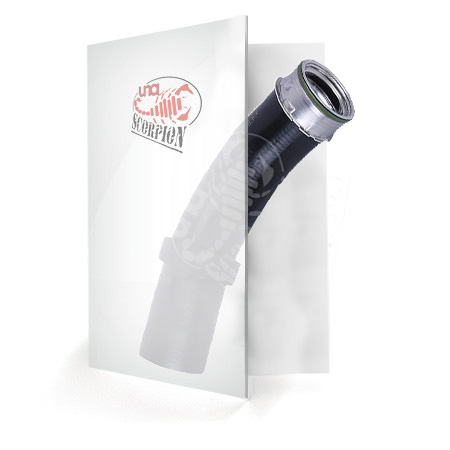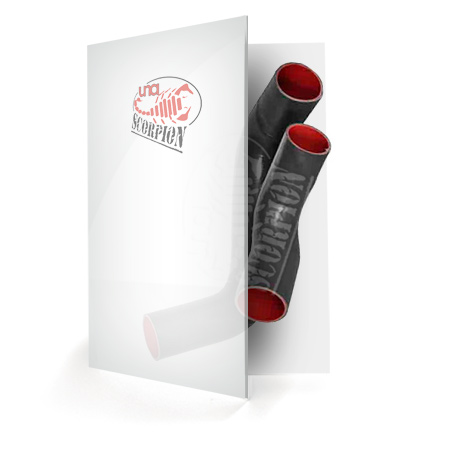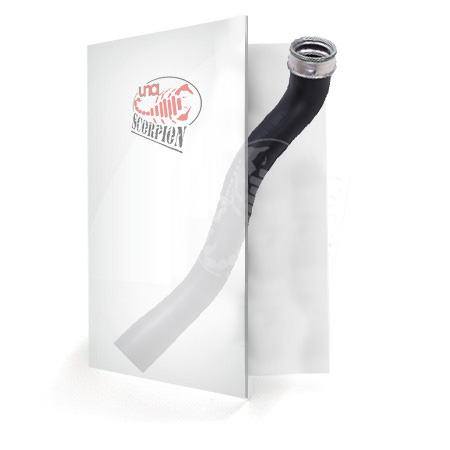CERTIFICATE



Shaft sleeves
link – https://www.unascorpion.com/download/uverenjeokvalitetumanzetnapoluosovine.pdf
Homokinetic joint cuff
link=”https://www.unascorpion.com/download/uverenjeokvalitetumanzetnahomokinetickogzgloba.pdf
On the basis of your request and the delivered samples of the homokinetic joint cuffs and half-shaft cuffs, an inspection was carried out:
1. Rheometer
2. Hardness before and after aging in Sh°
3. Breaking strength before and after aging in Mpa
4. Intermittent elongation before and after aging in %
5. Swelling in ASTM-3 7 days/20°C in %
6. The transition temperature to the glassy state is Tg°C
JUS.G.S2.112
JUS.G.S2.125
JUS.G.S2.127
JUS.G.S2.127
JUS.G.S2.129
Rheometer – Determination of vulcanization properties of raw rubber mixture for making cuffs Monsanto rheometer 15/150°C
PHYSICAL AND MECHANICAL PROPERTIES OF THE FINISHED PRODUCT
2. Hardness – was determined with the VEB shore A Shoremeter before and after aging and after swelling.
Hardness – Shore A
before aging
54
after aging for 7 days/70±1°C
55
after swelling ASTM-3 7 days/20±1°C
50
The product shows minimal changes in hardness after swelling and a slight increase, but within the limits of permissible changes in hardness after aging.
4. Breaking strength and breaking elongation – was determined on an electronic tester Inston 4301 before and after aging and psole swelling
Average values
Breaking strength MPa
Elongation at break %
before aging
11.5
560
after aging for 7 days/70±1°C
10.6
460
after swelling ASTM-3 7 days/20±1°C
11
480
The product shows a decrease in the tested properties within the limits of the permitted values.
5. Swelling – was determined by immersing test tubes in aggressive oil ASTM-3 and kept in a drying oven for 7 days at 20±1°C. The mass change is within 1%, which fully meets the set requirement.
6. Temperature – transition to the glassy state Tg was determined on a differential calorimeter DSC of Du Post company.
Tg -33°C. The glass transition temperature characterizes the temperature range at which the product loses its elasticity and turns into a rigid and brittle material.
Based on the results, it can be seen that the tested product begins to lose its elasticity at -23°C and completely loses it at -44°C.
CONCLUSION
Based on the tests performed, it can be concluded that the rubber cuff samples did not have any significant deterioration of the basic properties, so they FIT their purpose.
Examination manager: Dipl. ing GOJKO DURAKOVIĆ

